#Berytidae
Text

Bug of the Day
I love this shot of a stilt bug (Berytidae sp.) doing its thing on a purple-flowering raspberry (Rubus odoratus). This is probably Jalysus wickhami, since they prefer to hang out on plants covered with glandular trichomes (gland-tipped hairs), but I am not sure I can id it to species.
Hope y'all have a Happy Thanksgiving if you celebrate!
86 notes
·
View notes
Text
@yogurtbear242 submitted: This guy delayed my plans to clean the sink, but I thought he was cool looking. Any idea what it is?


Found in [removed] early November. (Please remove the location. And if you need anymore details, let me know! 💕)
What a precious angel! This extremely dainty beautiful babe is a stilt bug, which is a type of true bug in the family Berytidae. They are mostly plant feeders who use their mouth tube to suck sap out :)
82 notes
·
View notes
Text


[PHOTOS TAKEN: SEPTEMBER 2ND, 2023 | Image IDs: Two photos of a thin brown stilt bug on a dark green leaf /End IDs.]
#berytidae#stilt bug#hemiptera#true bugs#true bug#insect#insects#bug#bugs#bugblr#invertebrates#inverts#entomology#arthropods#photos#photo#Wasp House Sights
14 notes
·
View notes
Photo
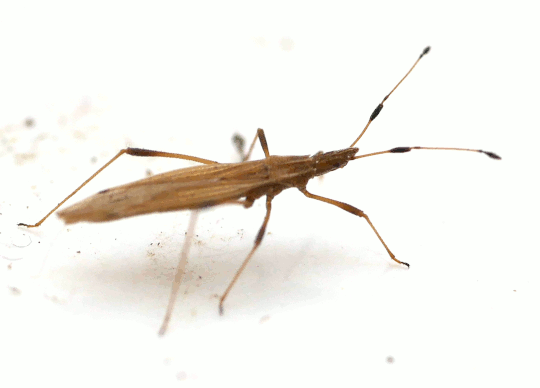
38 notes
·
View notes
Text
#2141 - Chinoneides tasmaniensis - Stilt Bug
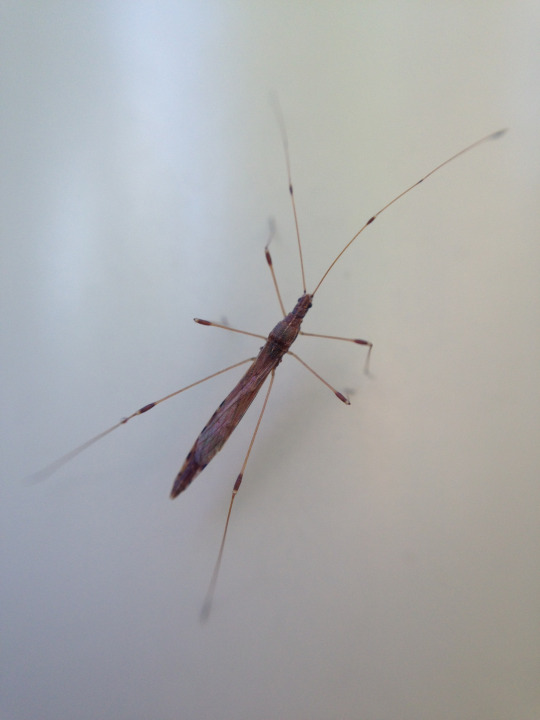
He skipped Leg Day. So did the entire family of Stilt Bugs. AKA Thread Bugs
This Berytid is found in the SE and SW of the mainland, as well as in Tasmania. In fact it might be the same species I've seen here in Perth, once. It's the only member of its genus, but other Berytids are found worldwide.
Little is known about their biology, and while most appear to be sap-suckers some have also been observed preying on insects stuck to glandular plant hairs.
Tumbarumba, NSW
0 notes
Text
[REPOST 14/6/2021]
this little guy has showed up in my bed
he was very small and has these long leggies, i had no idea what he was
so i asked elfa, a biologist on twitter, and she said me it was a stilt bug from the Berytidae family

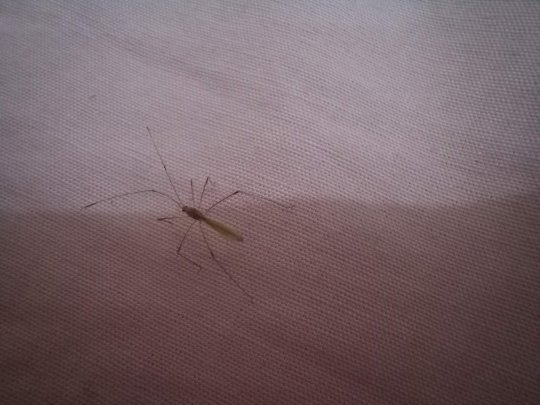
#silly little arthropods c:#bugs#insects#true bugs#arthropoda#insecta#hemiptera#berytidae#nature#brazil#2021
14 notes
·
View notes
Photo

Berytida (Stilt or Thread Bug) #backyardnature #insectsoftexas (at Dallas, Texas) https://www.instagram.com/p/CS2hwigH_Xj/?utm_medium=tumblr
3 notes
·
View notes
Text
Insect Friends or Foes?
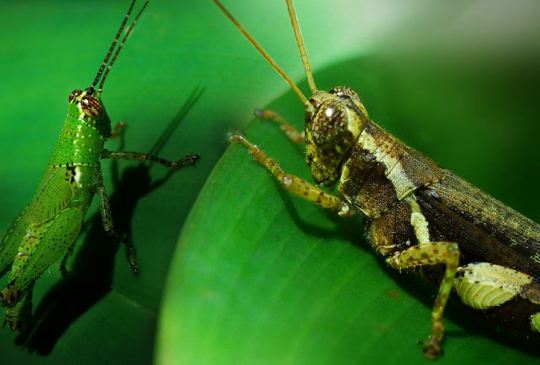
Some families of the “true bugs” are exclusively predaceous; we will meet them in the next essay. Here are some examples of heteropteran families often present in gardens that are herbivores, omnivores, and/or predators, depending on species. Some are food for other garden residents. Before jumping to any conclusions, carefully observe what they are doing. Many of the plant-feeding species are only present in small, innocuous numbers. In larger
numbers, such as colonies of aphids, they may be hosting desirable predators.
First, you can confirm they are heteropterans if only the tips of their first pair of wings are membranous. Many have a triangle on their back (the “scutellum”). Next, notice their piercing, sucking mouthparts. When they damage plants, you’ll find them difficult to control with a spray because those mouthparts bypass plant surfaces.
However, you can usually exclude them from garden crops with row covers. Heteropterans are also distinguished by having
scent glands. These are not always easily detected, although they are immediately evident to anyone who has bitten into a raspberry that was visited by the common stink bug!
Stink bugs (family Pentatomidae) can be tricky to categorize because some are herbivores and some are predators, and they can look very similar. The common spined soldier bug (Podisus) preys on gypsy moth caterpillars, Colorado potato beetles, and Mexican bean beetle larvae—without a doubt, valuable services! Yet many of these have been summarily squished, a case of mistaken identity. Meanwhile, the non-native Asian brown marmorated stink bug (Halyomorpha halys), which lacks predators and parasitoids in this country, has become a pest of farms, gardens, and households. An easy way to tell them apart: the predatory spined solider bug has sharp spines on its back; the pests have blunt spines. Keep an eye out as well for the two-spotted stink bug (Perillus), which also consumes Colorado potato beetles.
The graceful and rarely noticed stilt bugs (family Berytidae) are mainly plant-feeders. Slender and long-legged, with swollen-looking joints, like most herbivorous insects, they tend to move slowly. Some gardeners and farmers consider them pests, as they feed on everything from geraniums to corn, tomatoes, okra, and peaches. But they are generally present in small numbers, and also dine on other slow-moving and immature insects, including aphids, caterpillars, and various insect eggs.
The diminutive plant bugs (family Miridae), with their long thin antennae and slender legs, are also primarily plant-feeders and common in most gardens.
But this large family also includes many important predatory species known to eat aphids and mites.
We can simply regard true bugs such as these as part of the interdependent garden food web. They provide a good food source for other insects, birds, lizards, spiders, and other animals, even though some may do occasional damage to our plants. While there may sometimes be good reason for intervention, the best and simplest pest management strategy is a well-planned habitat garden, where all may live in relative harmony.
0 notes
Text


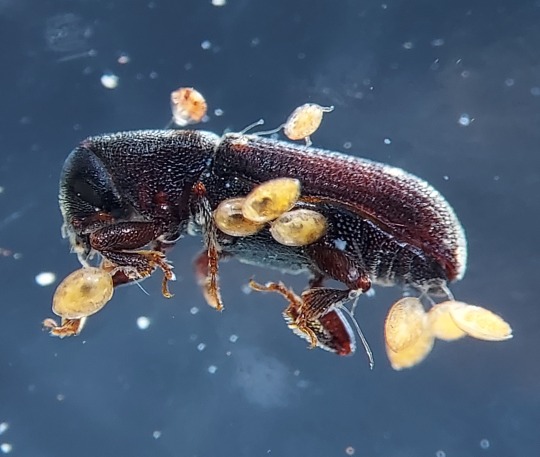

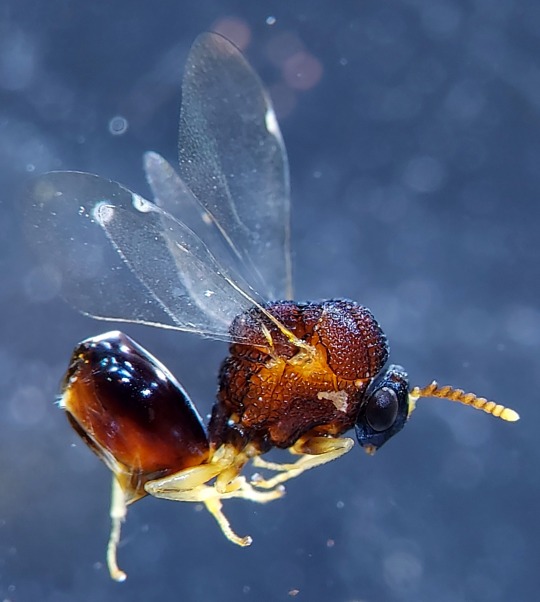
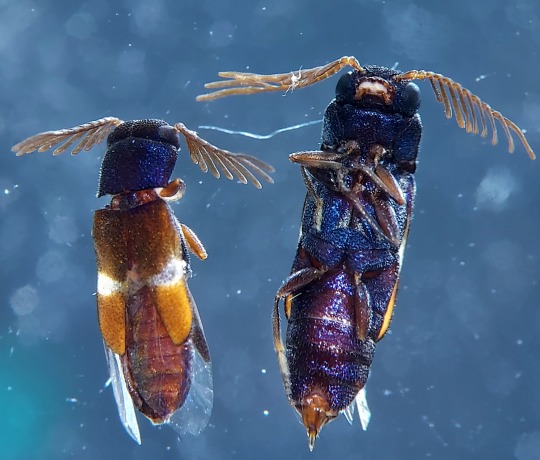
damn thats pets
36 notes
·
View notes
Text

Bug of the Day
That time where I went sweep netting in my yard and only "caught" this stilt bug that crawled into the net while it was sitting on the ground...
124 notes
·
View notes
Text

@bgs-cave-o-thots submitted: Hi! We found this little guy on the window curtains, never seen one before! We thought it was a tiny stick bug until we saw how long the wings were. After a bit of googling it looked like something called a stilt bug, does that sound right? Southern Oregon. :)
Hello :) very cute lil friend! And yes, it is indeed a stilt bug in the family Berytidae :))
54 notes
·
View notes
Photo
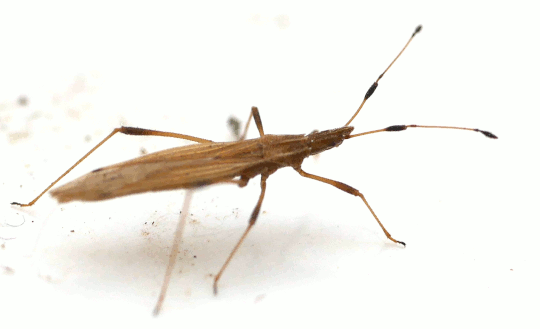
16 notes
·
View notes
